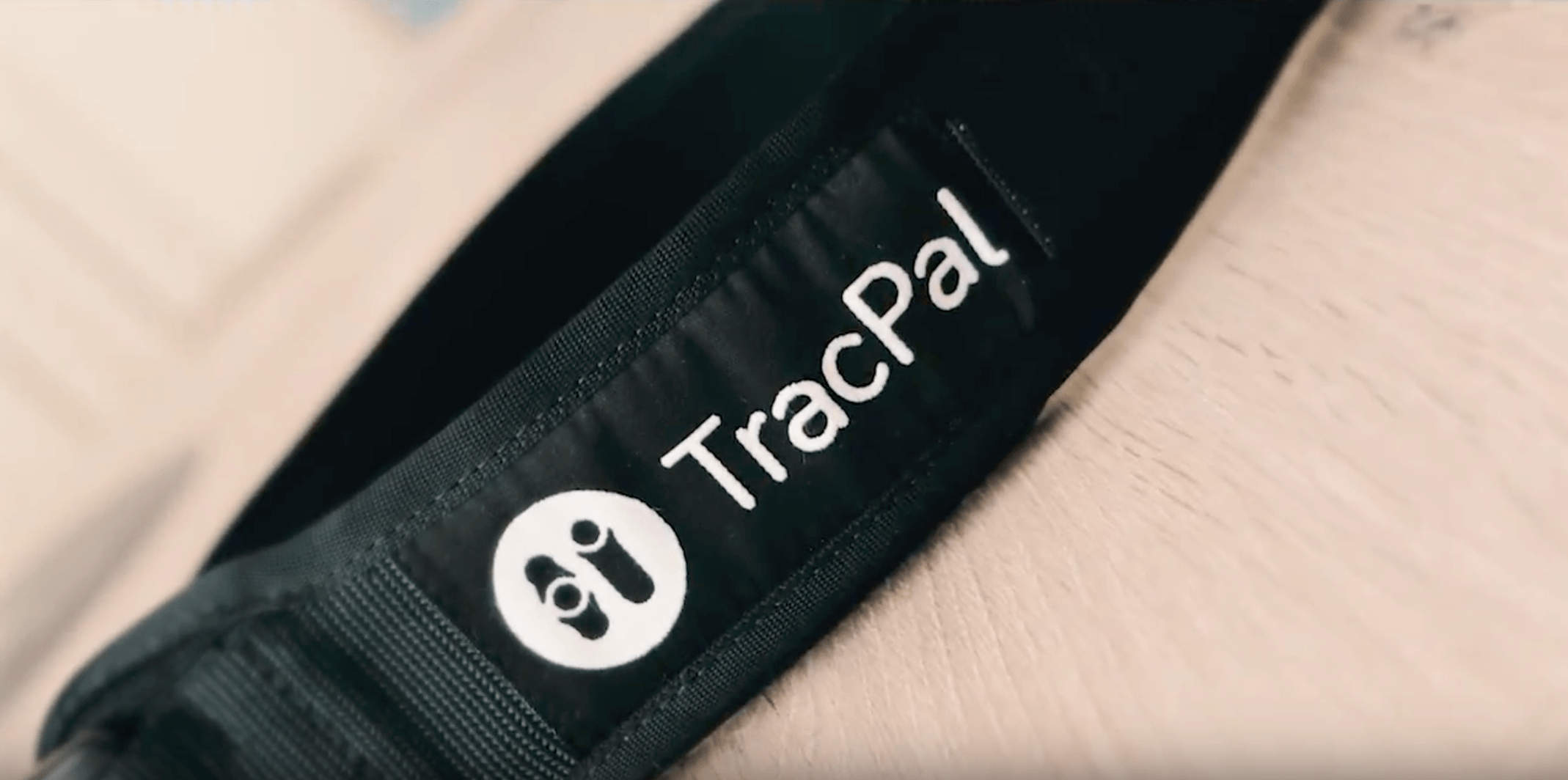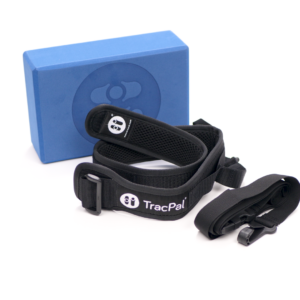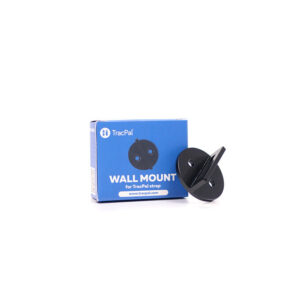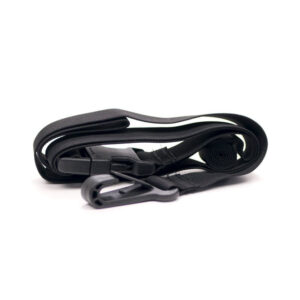Manual Traction therapy = TracPal
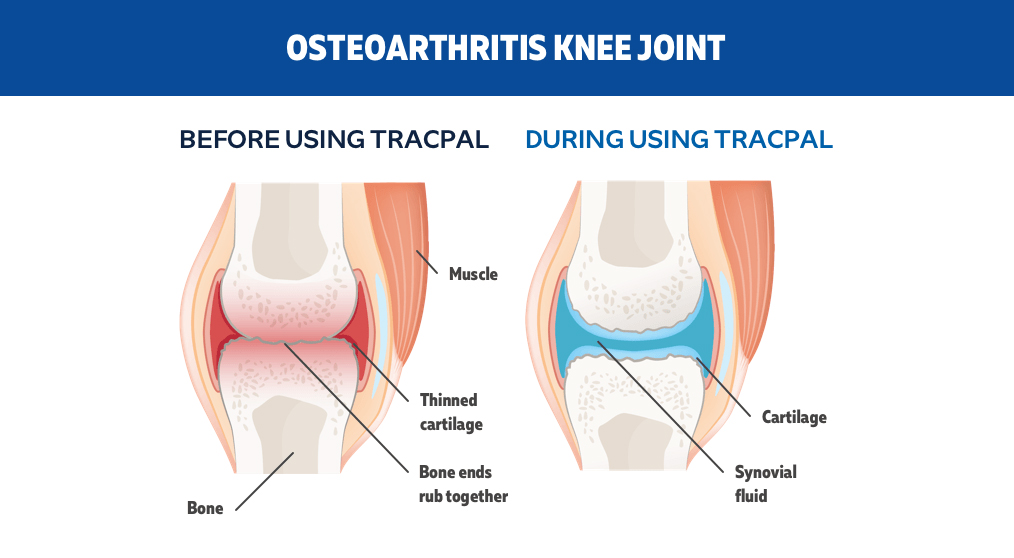
Joint traction is an old and proven method that has been used for musculoskeletal treatment since early days.
Manual traction is a mobility technique accepted in clinics and used by physiotherapists, physicians, osteopaths and chiropractors to reduce pain and other symptoms. During a traction treatment, a care provider is slightly distracting the joint. Allowing the joint-capsule to stretch which decreases intra-articular pressure giving more space in the targeted area.
Joints contain synovial fluid that acts as lubrication between the moving surfaces in the joint. When the surrounding soft tissue is too tight or/and the movement mechanics are of a poor quality, the surfaces inside the joint can compress and experience an array of problems. One of which is that the synovial fluid gets pushed out of the joint-capsule and the joint cartilage is damaged because there Is too little space. This thinning of the synovial fluid and wearing away of the cartilage lead to the symptoms of osteoarthritis. As traction slightly separates the bones in the affected joint, it results in immediate pain relief and for nutritious synovial fluid to flow back to the joint-capsule, thus strengthen the cartilage and joint.
The TracPal device helps to perform manual self-traction therapy. Manual traction therapy is one important part of a line of combined options for treating joint disorders.
LET TRACPAL HELP YOURSELF!
When to use the Tracpal device and manual traction therapy
- Joint pain caused by Osteoarthritis
- Physical therapy (including traction) has previously been successful for back pain. These two different structure pain patterns have one side in common; being part of overall posture. If the relation of flexion/extension has been successfully treated before – then giving the knee or hip joint the feeling of being in the “right place” according to proper posture, it gives back the right muscle patterns that one used when there was no pain.
- If muscle stretching gives joint pain relief when stretching as an extending movement alone is beneficial – then “stretching joints” using traction movement is very likely efficient too.
- Joint pain caused by unspecific overall causes (no diagnosed arthritis, but other combined factors) – traction is working as a pain level decreasing treatment due to deactivating pressure-sensitive receptors.
- If the body reacts well to overall training which does not cause more pain as for example when cycling, swimming and other similar activities (with no shock impact) are improving the quality of movement – then body should respond well to traction therapy too.
Example of hip traction therapy with a physiotherapist compared to using TracPal
The patient is positioned supine, with hip in slight flexion and knee extended. A belt or therapist’s hands are placed firmly around the patient’s ankles. Distraction of the hip can be produced by the therapist leaning backward. Producing slight joint gapping at the femoral acetabular joint.
This technique can be used for decreasing muscle spasm or pain, and is also useful to increase accessory joint movement for flexion and abduction movements.
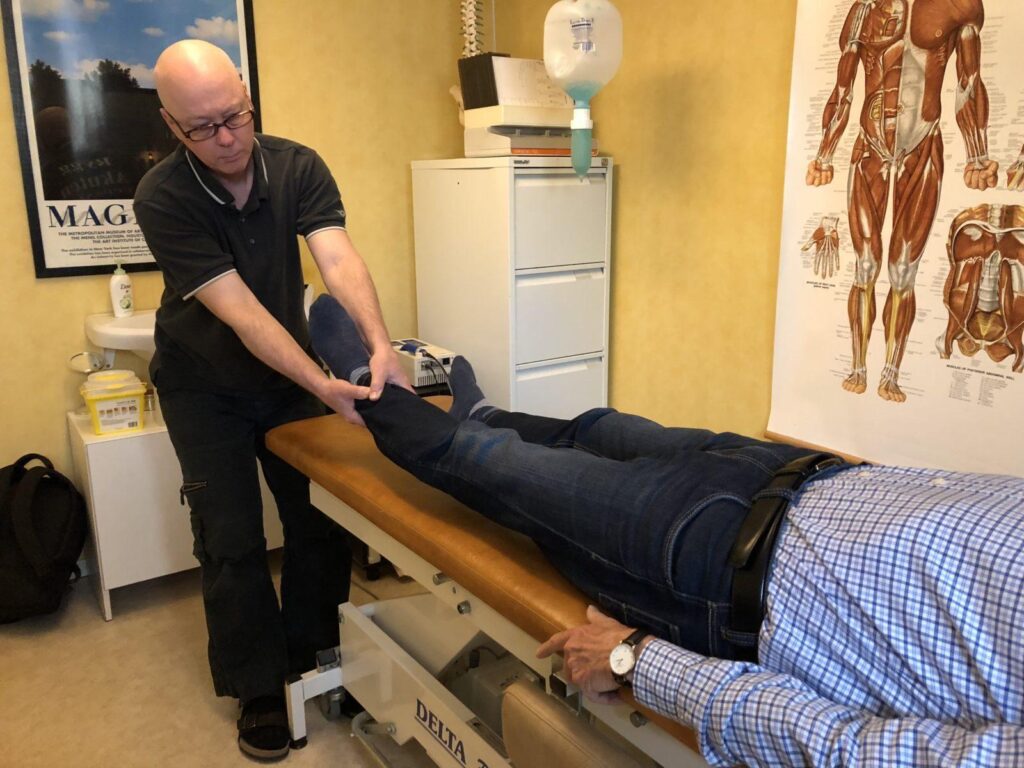
Self-treatment with TracPal imitating manual hip traction therapy:
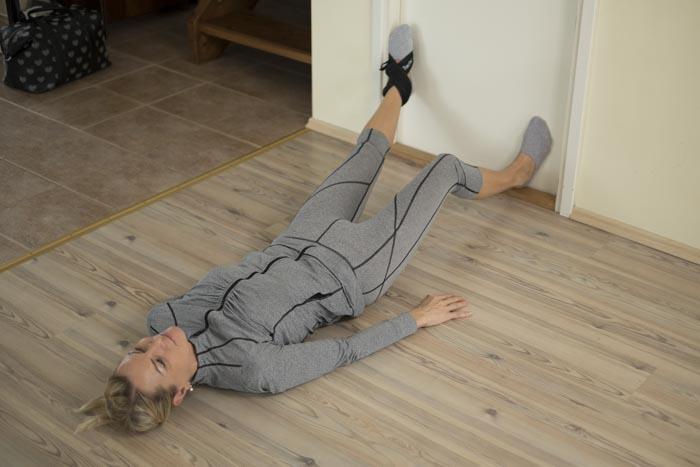
Example of knee traction therapy with a physiotherapist compared to using TracPal
The patient is sitting with the leg hanging of a bench. The therapist’s hands are placed firmly around the patient’s ankle. Distraction force is gained by pulling down the leg along the line of tibia.
This technique is particularly effective for pain control. Other positions may also be used to increase joint play and flexion.
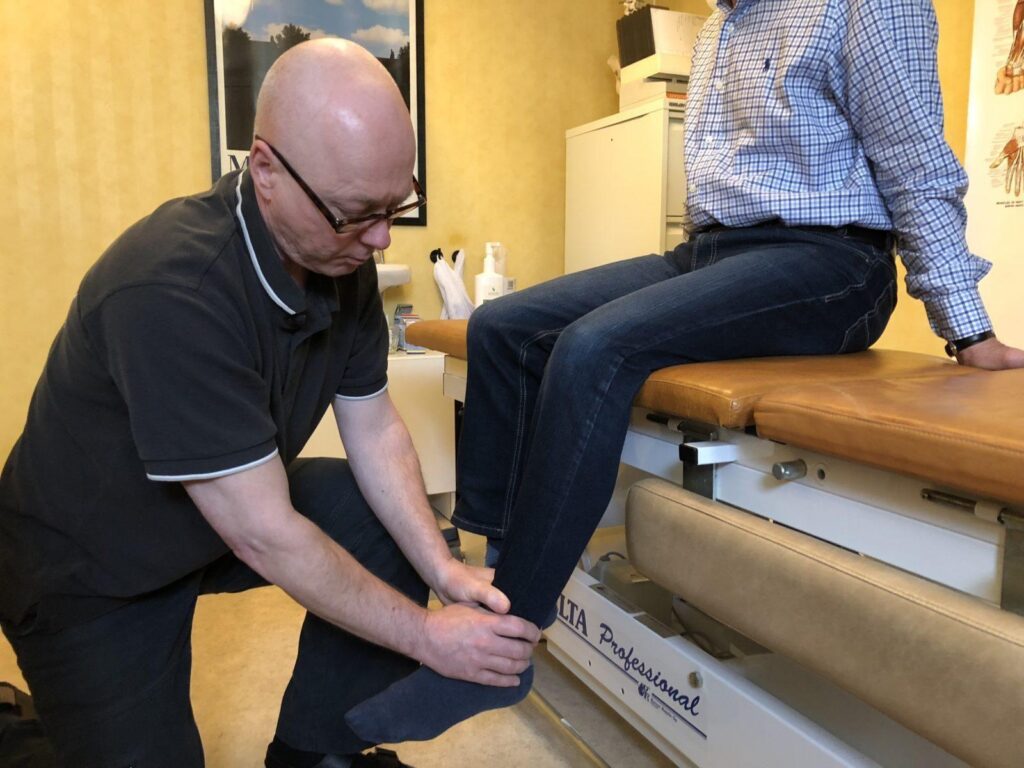
Self-treatment with TracPal imitating manual knee traction therapy:
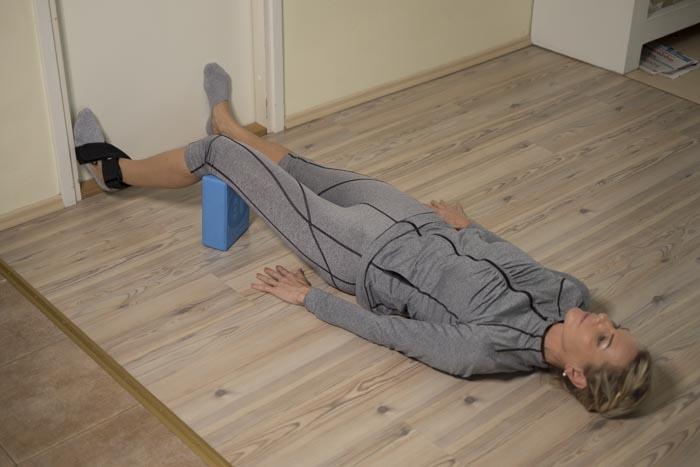
LET TRACPAL HELP YOURSELF!

